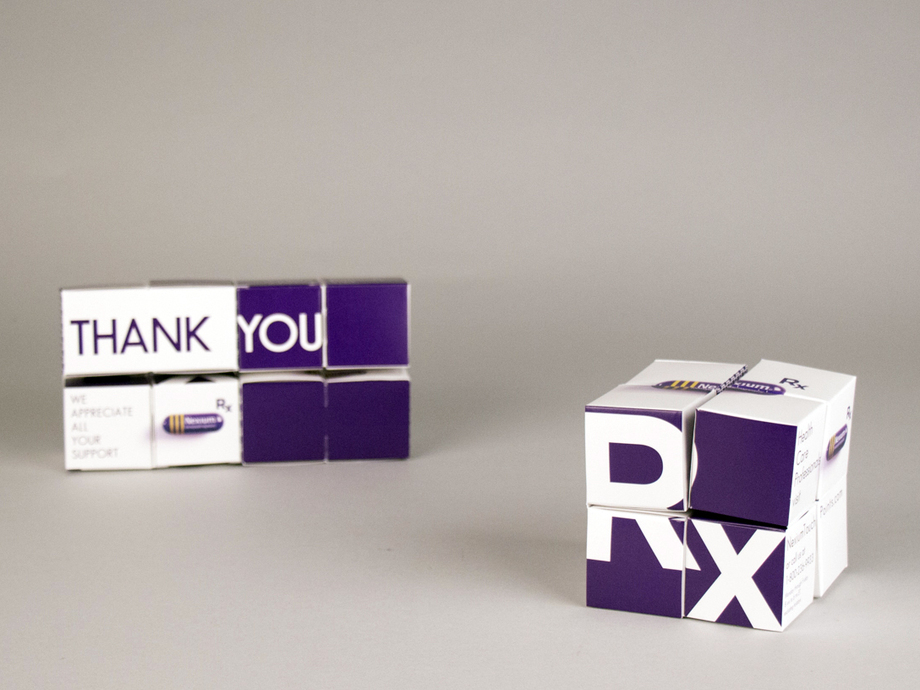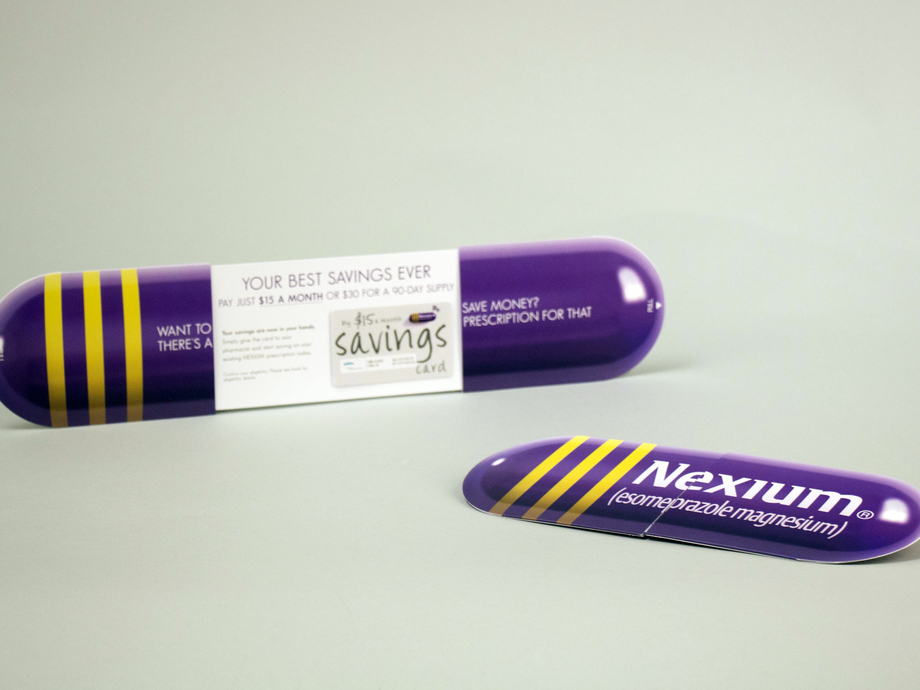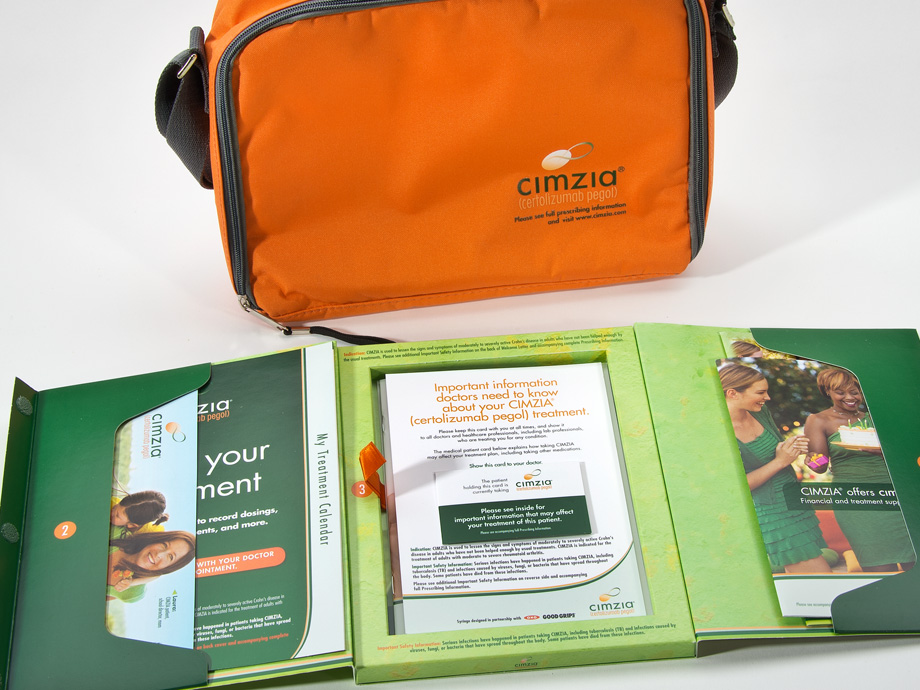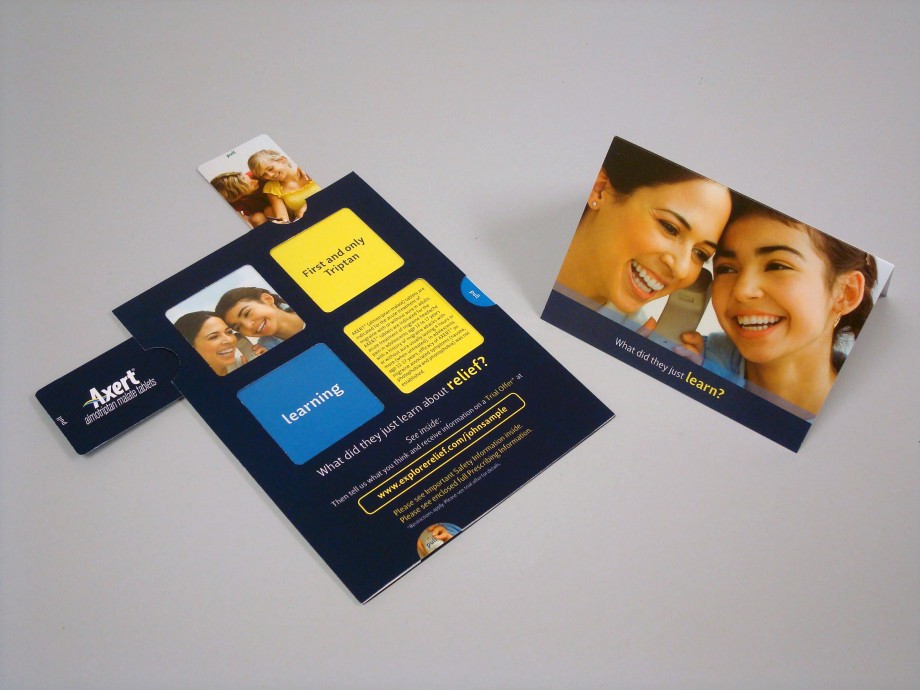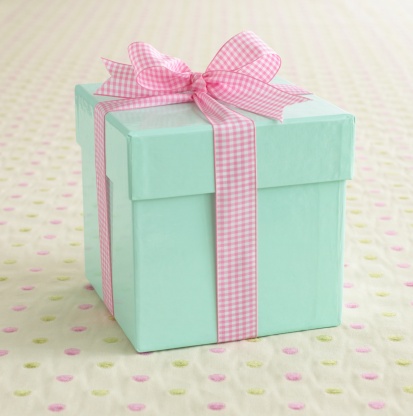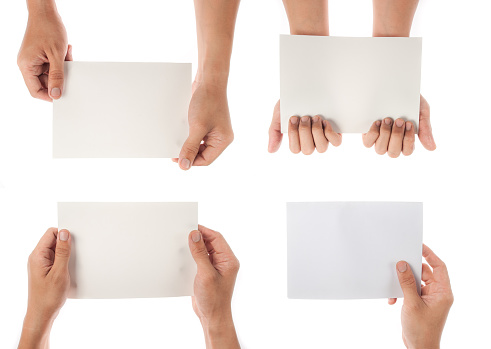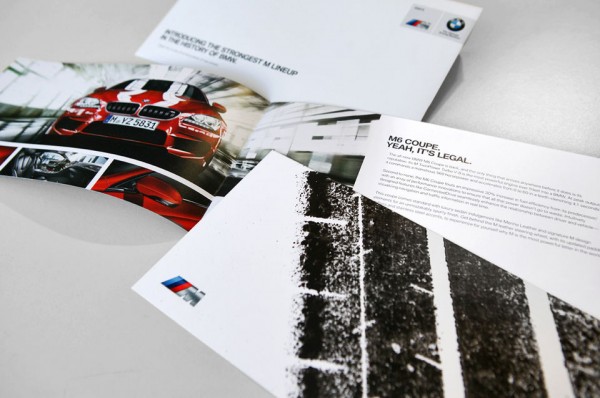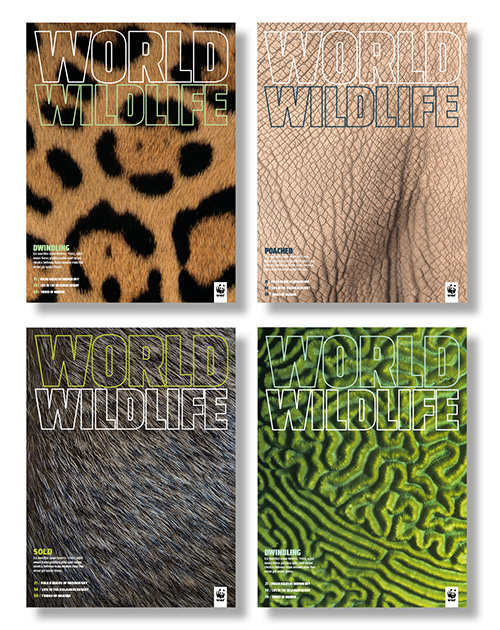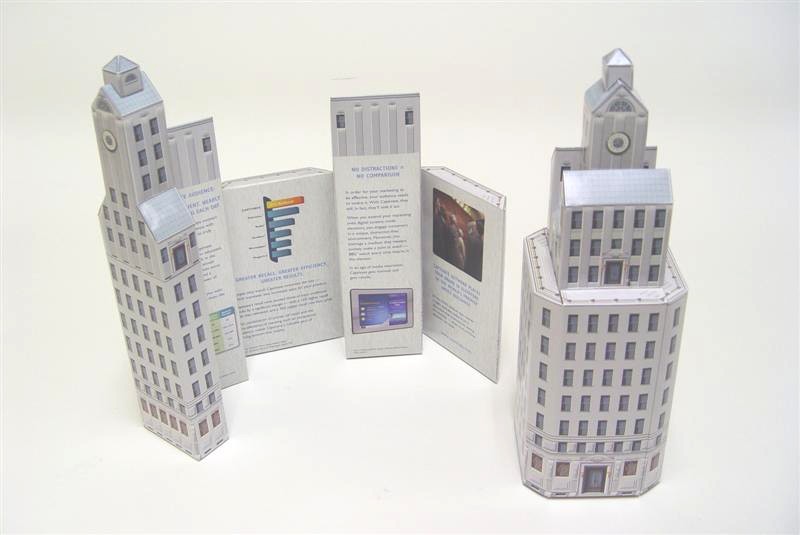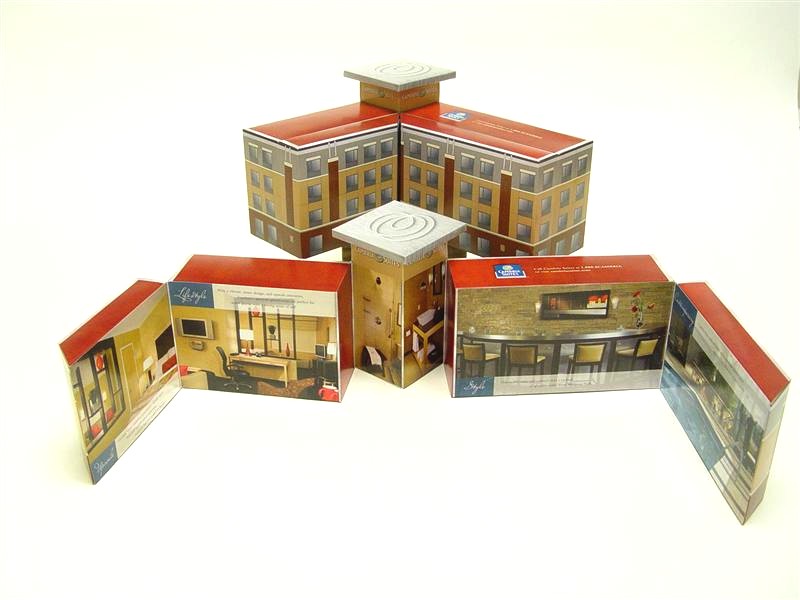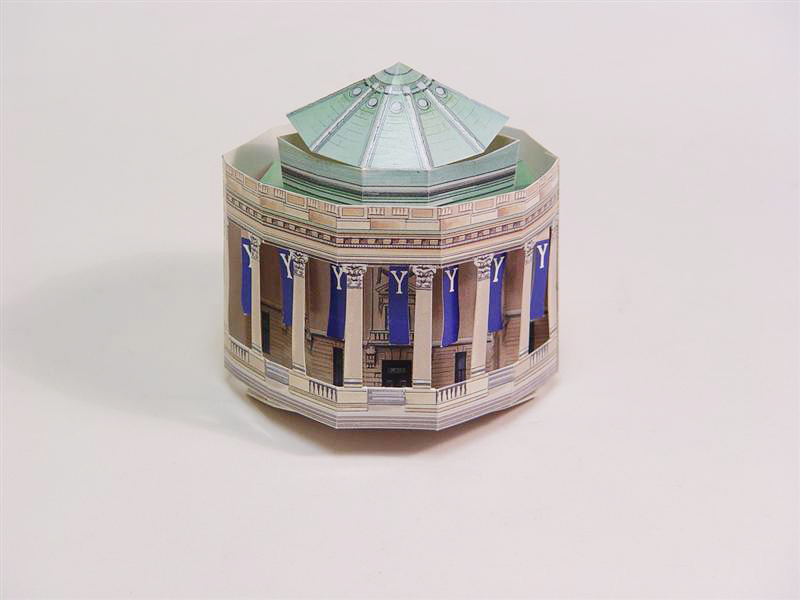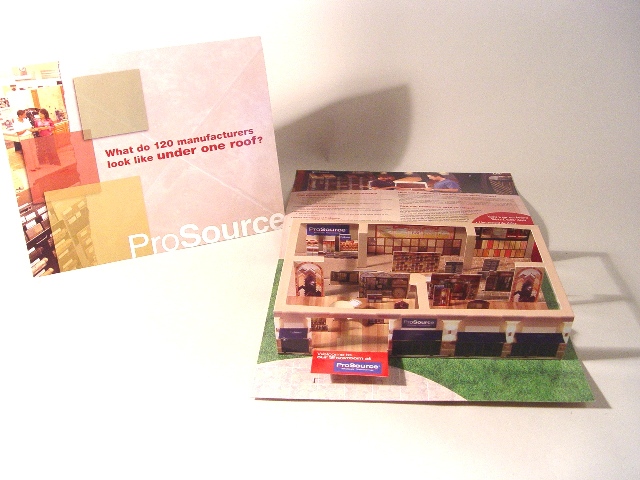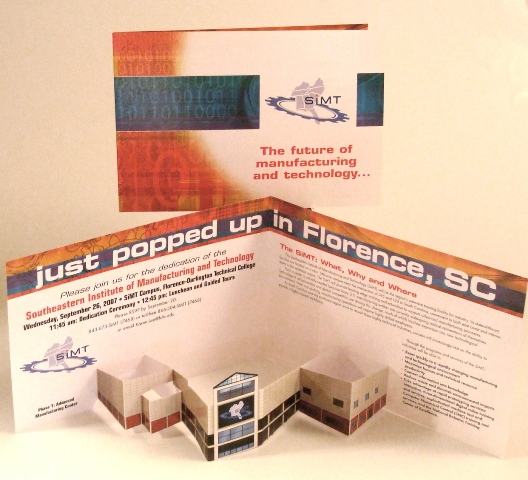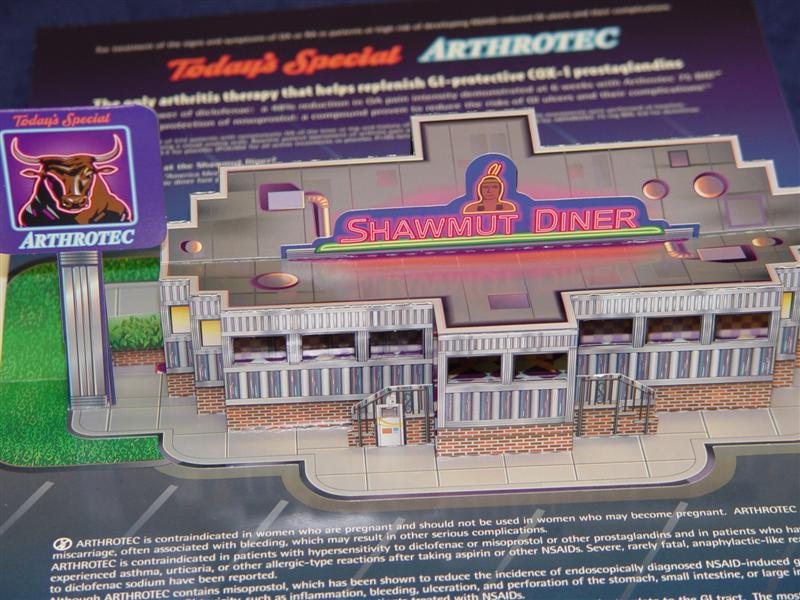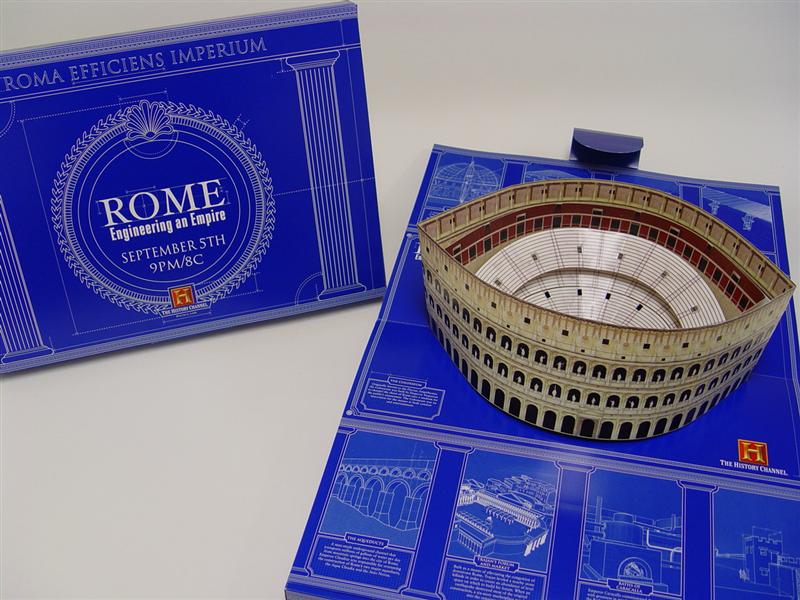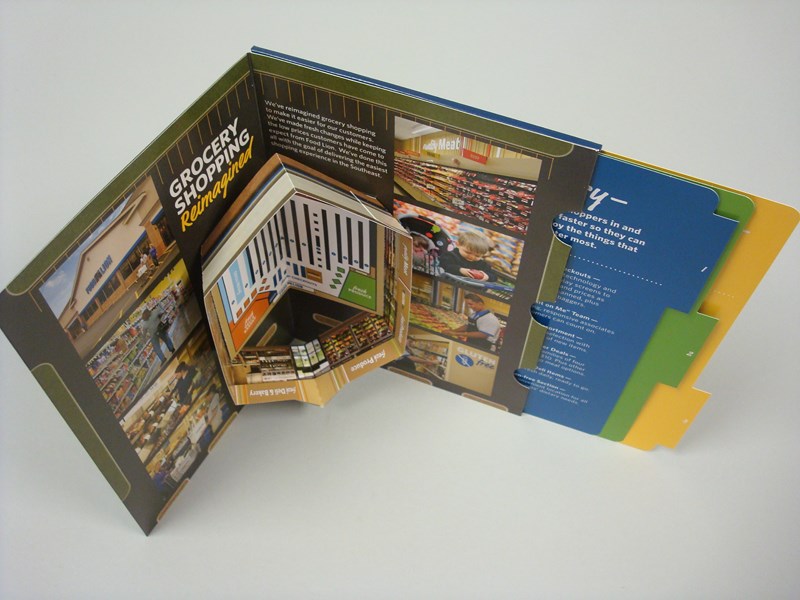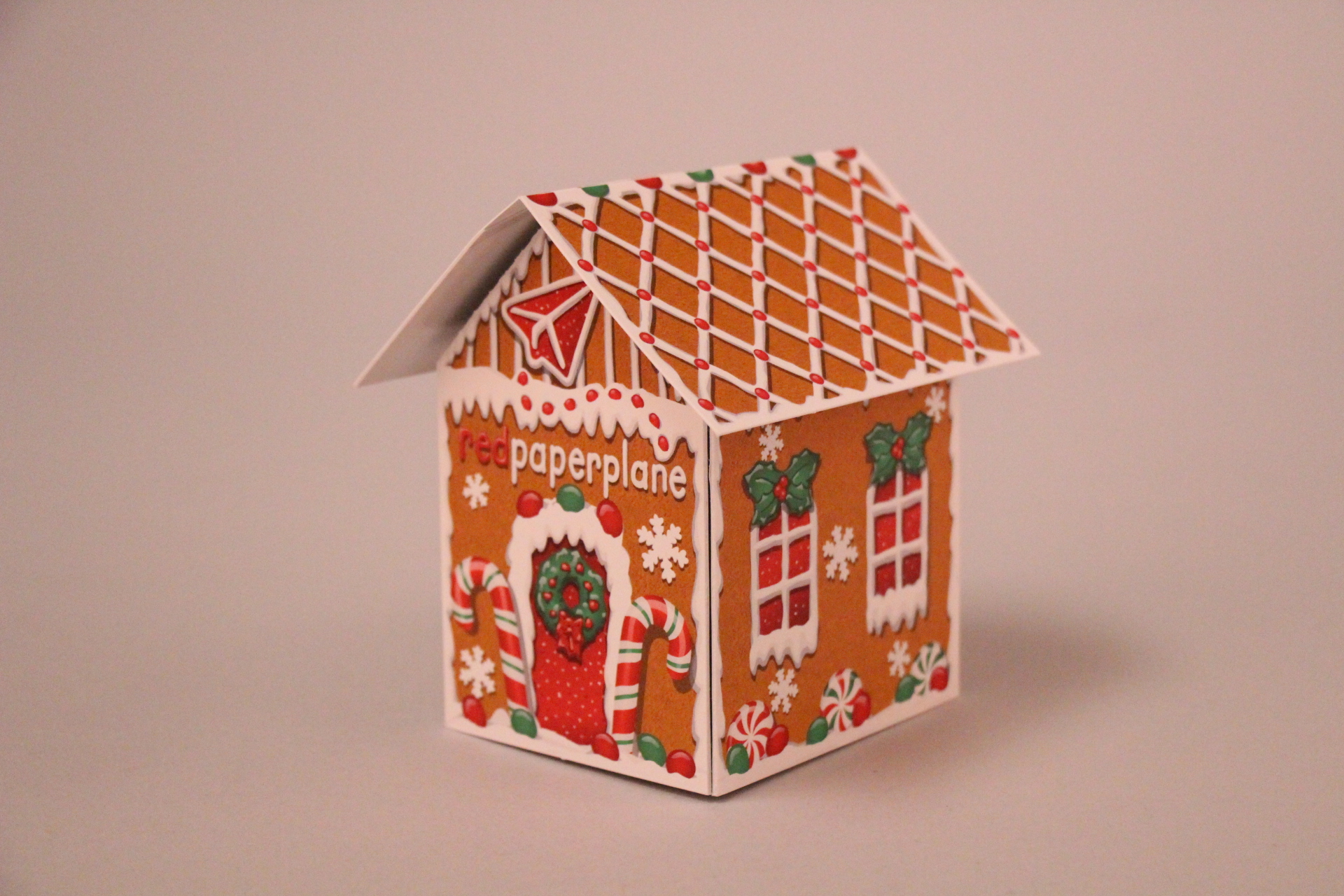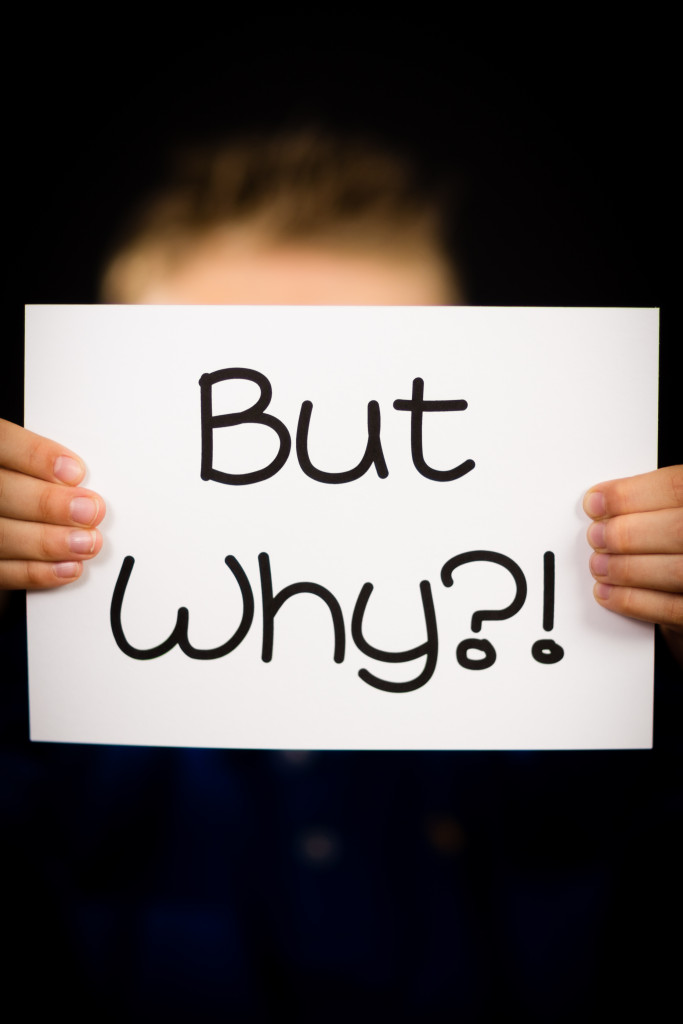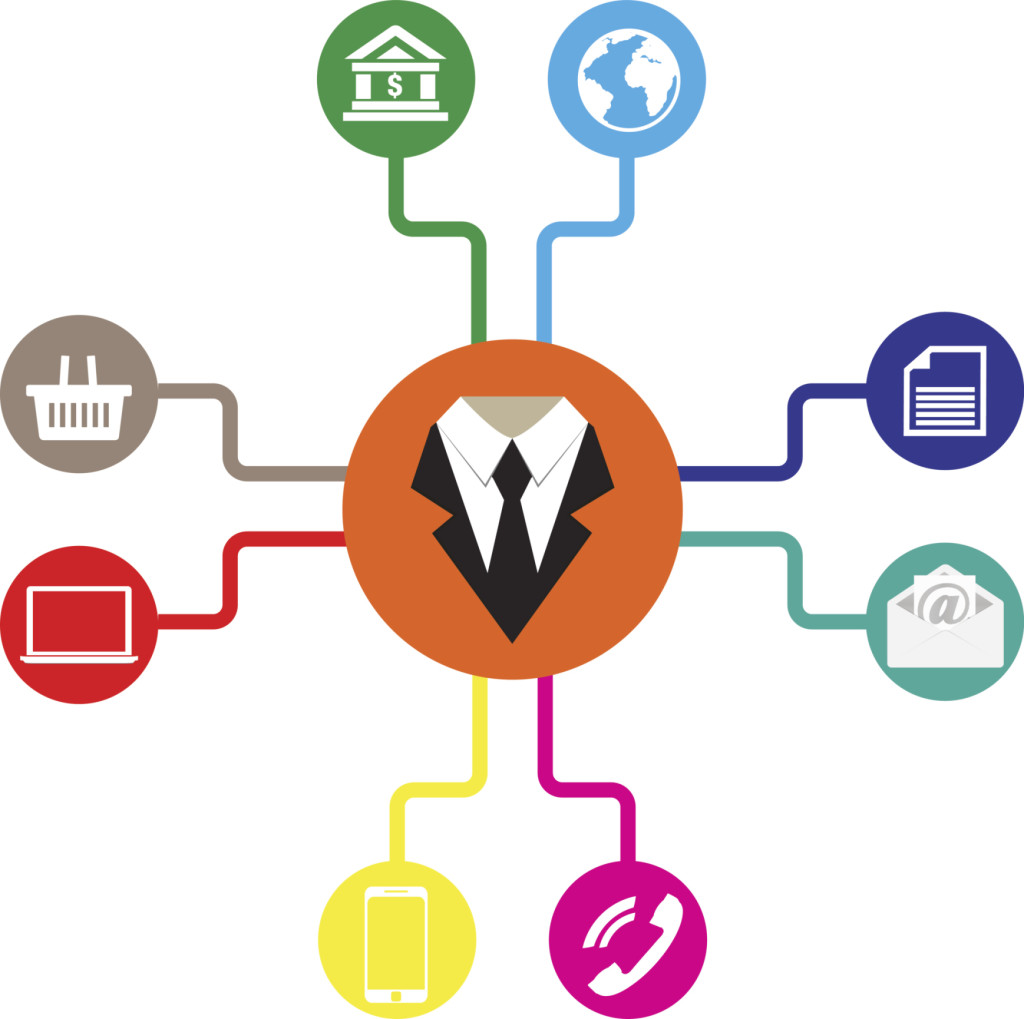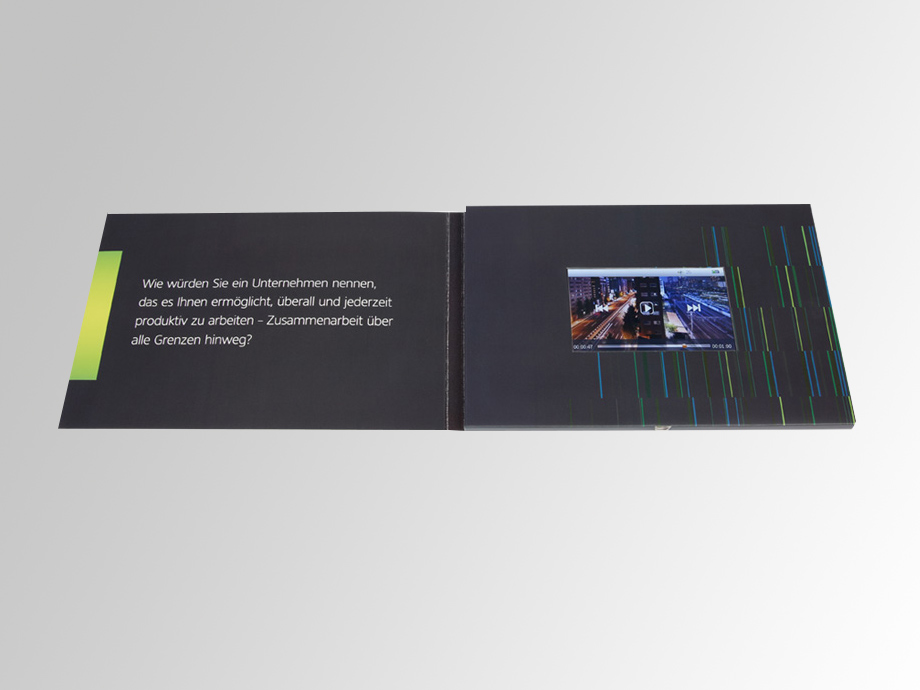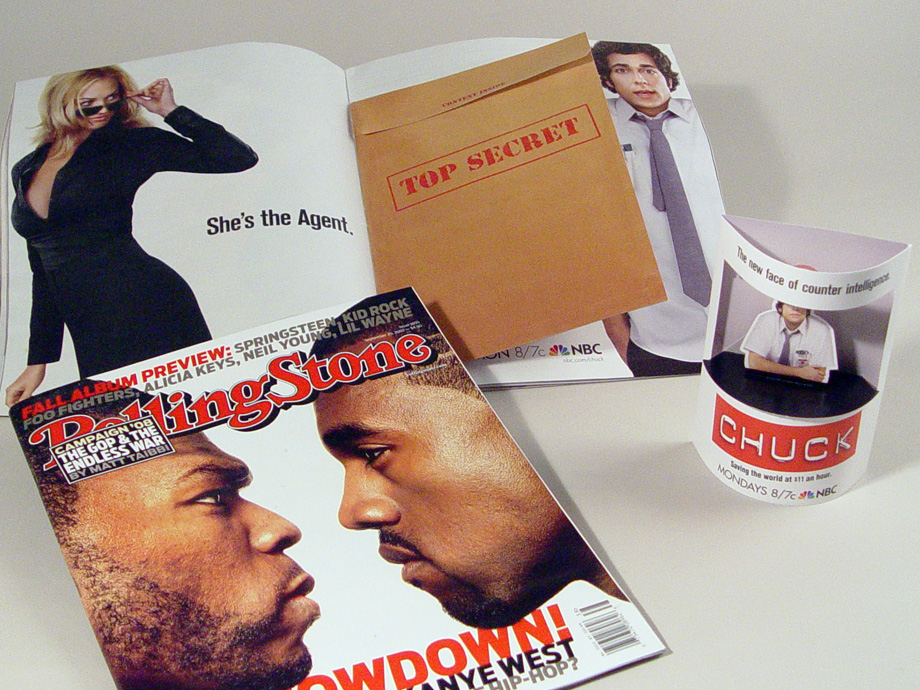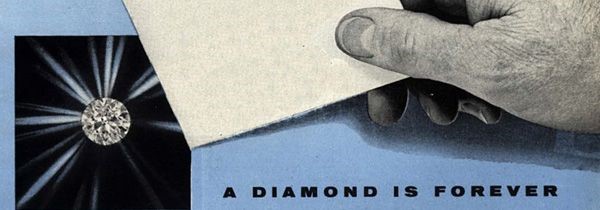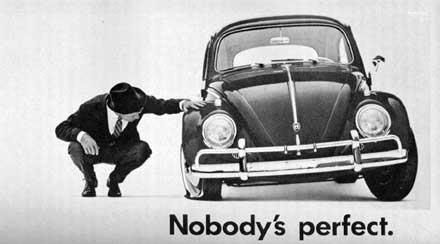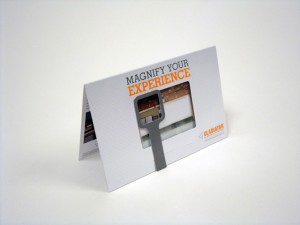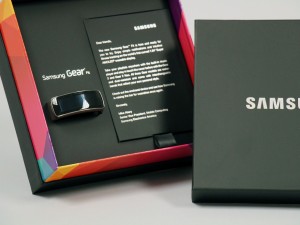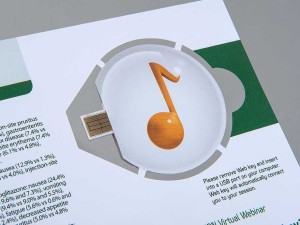Have you have fallen prey to the urban myth that QR Codes are dead? There are plenty of designers and industry pundits who think these 2D mobile barcodes clunky and out of date, but if you look at the data, the death of QR Codes couldn’t be farther from the truth. Consumers are actively using QR Codes to get coupons, access detailed product information, watch promotional videos, and take other steps that move them toward a purchase. And the companies which are finding the right list of banner sizes and placing their QR-codes on them have seen a constant rise in the chatter and sale of the company product. If you’ve “moved on” from QR Codes, you’re abandoning a critical tool for building your business.
Let’s look at three facts about QR Codes that every marketer should know.
- QR Code scanning is on the rise.
According to ExactTarget, 34% of smartphone users in the United States have scanned a QR Code while shopping in-store (ExactTarget Mobile Behavior Report 2014). This rises to 46% of those who own tablets. This doesn’t include people scanning QR Codes on direct mail, posters, in-store displays, packaging, and magazines. In fact, when ExactTarget asked about scanning coupons or QR Codes, it found that 43% of consumers had done so.
Can we quote Mark Twain here? “The reports of my death have been greatly exaggerated.” As you watch the data, sure, the growth rate of QR Code adoption is slowing. But that’s not unusual for a maturing technology.
- QR Code scanning frequency is on the rise, as well.
In 2014, Scanbuy data showed 4.0 scans per person. In 2015, this rose to 4.3. That’s growth of 7.5%.
- Among the most common uses for QR Codes are accessing coupons, downloading mobile apps, and accessing product information.
ExactTarget found that 56% of men and 39% of women have scanned QR Codes to gain quick access to information. Scanbuy found that when consumers are interested in a new product, 20% will scan a QR Code.
We could go on and on, but you get the point. QR Codes remain a cost-effective way to reach a high percentage of the mobile population. Here’s how to do it right:
- Make the code highly visible on the direct mailer, in-store signage, packaging, or other channel.
- Provide instructions on using the code, and perhaps more importantly, the value the consumer will gain from scanning it
- Offer real, tangible on the back end.
Check out some examples of QR codes in our own clients’ print marketing campaigns.

